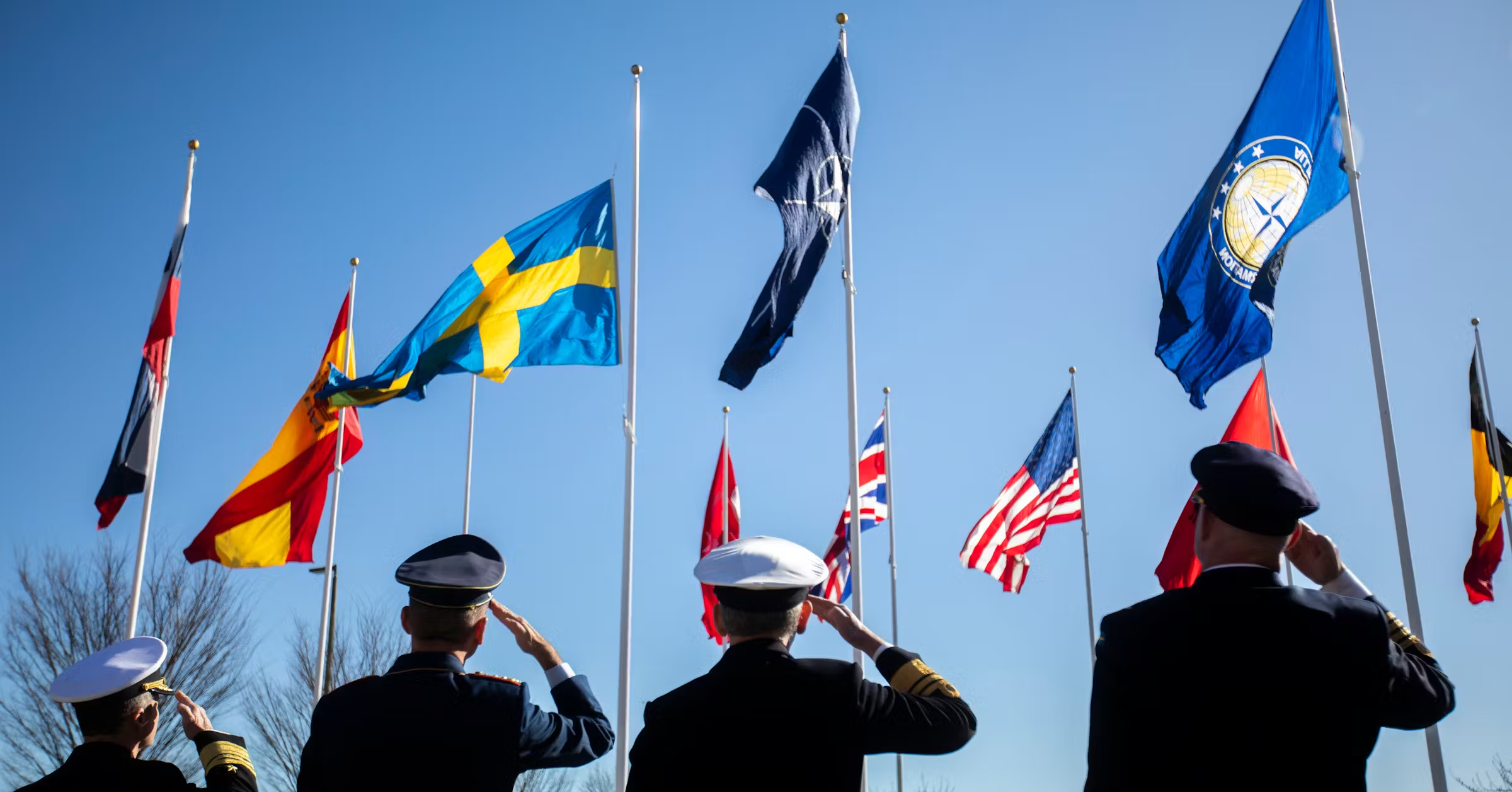quartetoolinda.com – The North Atlantic Treaty Organization (NATO) stands as the world’s most formidable military alliance, encompassing 32 member countries across Europe and North America. Founded in 1949 to counter the Soviet threat during the Cold War, NATO has evolved into a cornerstone of Western security and defense. This article explores the strength of NATO’s military alliances, highlighting its historical significance, current capabilities, and the strategic importance of its diverse membership.
Historical Context
NATO was established on April 4, 1949, with 12 founding member nations, including the United States, the United Kingdom, France, and Canada. The organization’s primary objective was to provide a collective defense against the Soviet Union and its allies. Over the years, NATO has expanded its membership, with the latest addition being Sweden in March 2024, bringing the total to 32 member states.
Military Strength and Capabilities
NATO’s military strength is unparalleled, with a combined active-duty personnel of approximately 3.368 million and significant reserves. The alliance’s military capabilities span across land, sea, and air, with a focus on integrated command structures and interoperability among member nations.
Nuclear and Conventional Forces
NATO possesses the world’s largest tactical nuclear arsenal, primarily maintained by the United States. This nuclear capability, combined with conventional forces, ensures a robust deterrence against potential adversaries. The alliance’s conventional forces include advanced fighter jets, naval fleets, and ground troops, all equipped with state-of-the-art technology and weaponry.
Strategic Alliances and Defense
The principle of collective defense, enshrined in Article 5 of the NATO treaty, stipulates that an attack on one member is considered an attack on all. This mutual defense commitment has been a cornerstone of NATO’s strength, fostering a sense of unity and shared responsibility among member states.
Strategic Importance of Diverse Membership
NATO’s strength lies not only in its military capabilities but also in the diversity of its membership. The alliance includes nations with varying military strengths and strategic locations, which collectively enhance its overall defensive posture.
Geopolitical Significance
The inclusion of countries like Greece, Turkey, and the Baltic states provides NATO with strategic advantages in key regions. For instance, Greece’s position in the Mediterranean and Turkey’s location at the crossroads of Europe and Asia offer critical vantage points for surveillance and defense operations.
Economic and Technological Contributions
NATO members contribute to the alliance’s strength through economic support and technological advancements. The United States, as the most significant contributor, ensures that NATO remains at the forefront of military innovation and technological superiority.
Challenges and Future Prospects
Despite its robust structure, NATO faces several challenges, including the need for sustained defense spending and the evolving nature of global threats. The ongoing conflict in Ukraine has highlighted the importance of NATO’s collective defense and its role in maintaining regional stability.
Defense Spending
NATO members have committed to spending at least 2% of their GDP on defense, a target that has seen increased compliance in recent years, driven by the security concerns arising from the Ukraine crisis.
Adaptation to New Threats
NATO is continuously adapting to new threats, including cyber warfare, terrorism, and the proliferation of weapons of mass destruction. The alliance’s comprehensive approach to security ensures that it remains a relevant and effective force in the 21st century.
Conclusion
NATO’s military alliances represent a formidable force for peace and security in the Western world. The alliance’s strength lies in its historical legacy, diverse membership, and unwavering commitment to collective defense. As NATO continues to evolve and adapt to new challenges, it remains a vital pillar of global stability and a testament to the power of unity and cooperation among nations.
